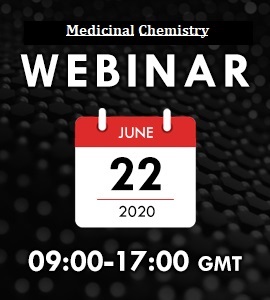
Mahmoud F. Elsebai
Mansoura University, Egypt
Title: Potent and broad spectrum natural products against all genotypes of Hepatitis C Virus (HCV)
Biography
Biography: Mahmoud F. Elsebai
Abstract
Infection by Hepatitis C Virus (HCV) and its subsequent complications are a major cause of mortality worldwide1. In the present study, we performed a phytochemical investigation of the water extract of the leaves of the Wild Egyptian Artichoke (WEA) (Cynara cardunculus L. var. sylvestris) and subsequently we evaluated its inhibition capacity in vitro using cell-culture derived HCV. The chemical investigation of the WEA extract resulted in the identification of six compounds: a new sesquiterpene lactone (1), in addition to the known compounds (2-6). The structural elucidation of compounds (1-6) was done by extensive spectroscopic tools such as NMR and HR-MS spectroscopy. The absolute configuration was determined by TDDFT ECD calculations and comparison with the experimental CD spectra. The quantitative determination was determined through UPLC-MS quantitation. Importantly, all compounds inhibited HCV infection; compounds 1 and 2 were the most potent among the six. The EC50 were estimated at 1.03 μM, 1.27 μM and 299 μM for compounds 1, 2 and WEA extract, respectively, by using a luciferase-carrying reporter virus2. Time-of-addition experiments revealed that compounds 1 and 2 inhibit HCV virus at a time-point during entry. Furthermore, compounds 1 and 2, apart from cell-free infection inhibited HCV cell-cell transmission, too. Finally, we showed that compounds 1 and 2 inhibited HCV particles from genotypes 1a, 1b, 2b, 3a, 4a, 5a, 6a and 7a indicating that these compounds inhibit HCV cell entry independently of viral genotype or subtype. Thus, these compounds are promising candidates for the development of new pangenotypic entry inhibitors for the HCV infection.

